Everyone has to start somewhere. The elusive first step trips up and prevents most people from ever even attempting to reach their goals. Heres 10 Tips for Building Muscle for Beginners!
But you’ve already taken that first step!
You want to redefine your body and build muscle. Maybe you want to show off during an upcoming beach vacation, or you just want to look better and better the fewer clothes you have on. Whatever your reasoning, it may seem like building muscle is a challenge. Perhaps you’ve even tried before and nothing seemed to happen. Yes, everyone builds muscle differently. However, that doesn’t mean it’s impossible.
All you need to do is follow these 10 tips for building muscle for beginners and you’ll find it’s not only possible to build muscle, but you’ll start seeing better results than you ever have previously.
The Top 10 Tips for Building Muscle for Beginners
1. Focus On Strength
If you’ve been checking out workout blogs and articles, you may already know there are three different targets for lifting weights. The first is to tighten and tone. It’s simply designed to help boost the metabolism and shed pounds, without adding bulk. Many women who want to tighten up but don’t want to bulk up go this route. So do joggers, distance athletes and just those who don’t want the added size.
The second group is those who specifically want to increase strength. While size might have its benefits to them, it’s all about boosting strength. Athletes such as football players typically go this route. They know the importance of increasing strength.
The third is those who want to specifically build size. For this group, becoming stronger might be the desired benefit, but it’s all about building that impressive body with large muscles.
If you’re just starting out, you may be making the mistake of going with size workout routines. You shouldn’t be.
But wait, if you want size, shouldn’t you go with the size lifting method?
Well, yes, but only if you already have a solid, strong core to build off of. If you haven’t lifted in a while (or ever), you won’t be able to lift much. Lifting for strength means you lift heavier weights with fewer reps.
Lifting for size means you lift slightly lighter weights with more reps. Lifting heavy burns more calories and challenges your muscles more. Because you’re just starting off, going with the lighter weights won’t challenge your muscles, which means you won’t rip the muscle tissue as much, which means you won’t build larger muscles.
In short, further down the road, you can begin to experiment with lifting for size over lifting for strength. However, for now, you need to lift for strength when starting off.
**As a side note, when you start lifting, you’ll actually want to go light (for the first few sessions at least). This is more about developing the proper form in order to avoid injury. Once your muscles are accustomed to a certain movement, then you can begin truly lifting for strength.
2. Compound Exercises First
It seems like almost everyone wants big arms.
You can’t go to the gun show without packing some heat, right? Just don’t work the arms first.
Don’t be the guy who just rips out 100 arm curls then hits the treadmill. Biceps, in reality, are small muscles. Instead, focus on compound exercises. This is where you work multiple muscle groups at one time. Take the bench press. You’ll work your chest, shoulders, back, biceps and triceps, all at once. If you were to work the biceps first with a curl, you wouldn’t be able to lift as much during the compound exercise.
You can still work in the bicep curls though. Just focus the majority of your time on compound exercises (bench press, shoulder press, squats, deadlifts and so on). Then fill in the gaps with the secondary lifts.
3. Focus On Free Weights
When entering a gym, it can be a bit of a whirlwind.
Which machines are right for you? What should you do first? Is there a difference in the machines?
Thankfully, all of those questions can be answered with two simple words: free weights.
Machines have a place, but here’s the deal. Machines don’t work your stabilizer muscles. In real life, your muscles are not aided by the help of machines. When you pick up a heavy box, your body will shift to stabilize itself. If you don’t work these muscles you are not really working your entire body. Plus, you’ll increase your strength faster, which will help you increase your muscle size faster.
4. Don’t Skip Leg Day
Everyone wants a great torso. That desired “V” shape is the main goal of so many people they spend all their time on the upper body and no time on the lower body. Big mistake.
The largest muscles in your body are in the bottom half. Your quads, hamstrings, and glutes are all much larger than any muscles in your chest.
This means you burn far more calories doing your legs, which helps you drop the weight faster, boost your metabolism and give you a complete look. Don’t be the guy walking around with a great upper body and chicken legs on the bottom.
5. Work Your Entire Body
Just not on the same day. You want to work all your muscles. But there isn’t enough time in the day. So split your workouts up. There are a few different options to follow when it comes to this. There’s the traditional upper/lower body splits. Where you go Monday Wednesday Friday upper and Tuesday and Thursday lower. The problem here is you don’t really give your body enough time to recover as there is only one day off
The second option is to go chest/back on Monday, arms/shoulders on Tuesday, legs on Wednesday, then repeat. This way, you have two days off in between working the same muscles.
The third option is push/pull/legs. This is where on Monday, all exercises are “push” exercises (where you’re pushing the weight away from you, like a bench press). Tuesday is where all exercises are “pull” days, or you pull everything to you (like a curl or seated row). And then Wednesday is leg day.
These last two workout methods are best as you’ll give your muscles an additional day to recover (not to mention trying to squish every upper body lift into a single day is far too difficult, which means you’ll either be at the gym for hours, or some muscles will be left out).
6. Watch Your Diet
Yes, you’re working out, but you can’t just stop by McDonald’s on the way home. It might have some protein, but have you looked at the amount of sodium in it?
You need to keep your diet in check. You’ll want plenty of protein (more on this later) and carbs pre and post workout to help your muscles recover. But stay away from processed carbs coming from white bread, pasta, and sweets (sugar).
Also, you’ll need to cut out the alcohol. Alcohol might not prevent your body from becoming stronger, but it will prevent your body from becoming bigger. It slows down the metabolic rate and your muscles won’t repair or recover properly. Alcohol is one of the worst things you can do to your body if you want it to develop muscles. Instead, just focus on proper hydration. Drink 64 ounces of water a day minimum.
7. Sleep
Your body repairs itself at night. This makes sleep a must. Shoot for at least six hours of sleep a night. If you’re not getting enough sleep you’re shortchanging yourself.
Also, before bed, give your body some added protein to work with. This way, it has the building blocks for muscle recovery right there. Now, don’t go out and order that 32-ounce steak before bed. Not a good idea. Instead, a glass of whey protein is easy to digest and ready for when the body needs it.
8. Protein
Your body needs protein. Muscles are made out of protein, so if you’re not eating it your body will not grow the muscles it needs to. Chances are if you’ve attempted to build muscles before and couldn’t, it’s because you were not consuming enough protein.
But how much protein should you consume?
This is a bit up to debate as some researchers say one number while others a number.
Generally, to build muscles, you’ll want to consume at least .75 grams of protein per pound you weigh all the way up to 1.5 grams of protein per pound.
Now, don’t just shoot for 1.5 grams of protein per pound right off the bat. Your body will not be able to handle this amount and will simply push most of it out. This can also cause some problems with the body because if you get too much of anything without it being used to it can lead to health and digestive issues.
Instead, start out at .75 grams of protein per pound and slowly work yourself up over the weeks and months. This way, your body can adapt.
9. Don’t Be Afraid of Gaining Weight
The scale doesn’t provide all the answers. If you’ve ever watched shows like “The Biggest Loser” you know that sometimes contestants will take a step on the scale and see they haven’t lost much. In fact, they may even gain weight. That isn’t always a bad thing. Muscle tissue is far denser and weighs more than fat.
So you might have actually lost fat mass but simply gained it in muscle mass.
So don’t be afraid if you gain weight. It’s probably meaning that you’re actually putting on muscle. You’ll notice it in the mirror as the weeks go by. Certain areas will look larger or more defined. You might see a vein that you hadn’t before. These are better signs of your body changing than the scale.
Now, with that said, if you’re downing milkshakes day in and day out, then yes, this will lead to fat gain and it’s not something you want. You still want a healthy diet. Also, don’t listen to the people who tell you it’s necessary to eat 5,000 calories a day to build muscle. Unless you’re an Olympic athlete training in a pool for eight hours a day, that’s just not healthy and too much.
Focus on your lean proteins instead of just eating calories to eat calories.
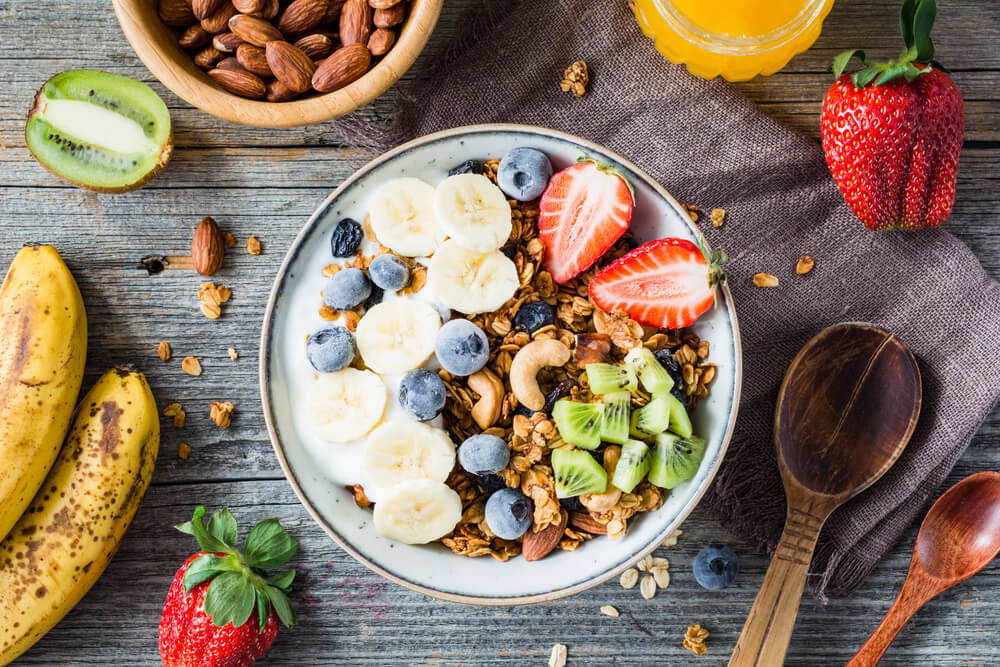 10. Eat Often
10. Eat Often
One of the most important factors in building muscle is to keep your metabolic rate up.
Your metabolic rate helps you burn more calories while also keeping your body running at peak efficiency. The best way to do this is to eat throughout the day. So eat five or so meals throughout the day. These don’t need to be large meals. A snack can be a handful of almonds, string cheese, and a banana. This gives you protein, healthy fats, and some carbs to keep you feeling full and your metabolic fire running. Just avoid large amounts of carbs at once as this may slow you down.
It’s very important to keep protein coming into the body though, especially if you have found it difficult to build muscle in the past. This way, your body always has protein to work with and to build up your recovering muscles.
In Conclusion
We’ll be the first to say that yes, some people do not build muscles as fast as others. This is based on the body’s own metabolic rate and how quickly it converts ingested proteins into energy (instead of being used to repair and build muscles). That doesn’t mean it’s impossible. Everyone can grow and develop their dream body.
As long as you follow these steps, you’ll not only begin to feel better and grow stronger, but you’ll start to see new definition and larger muscles whenever looking in the mirrors.
So what are you waiting for?
Now is the time to start with your muscle building routine!
-Terry Asher
Terry Asher
Latest posts by Terry Asher (see all)
- Better Family – Product Review Liquid Daily 2 oz - Dec 16, 2024
- Post-Workout Recovery: The Key to Optimal Performance - Nov 25, 2024
- Pre-Workout Supplements – Everything You Need To Know - Nov 18, 2024

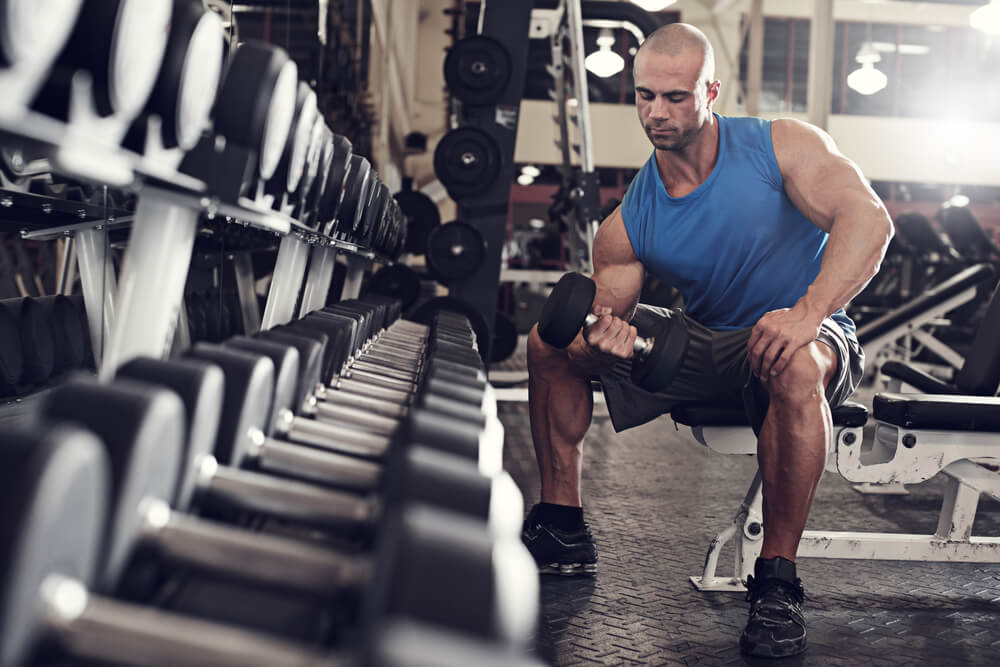
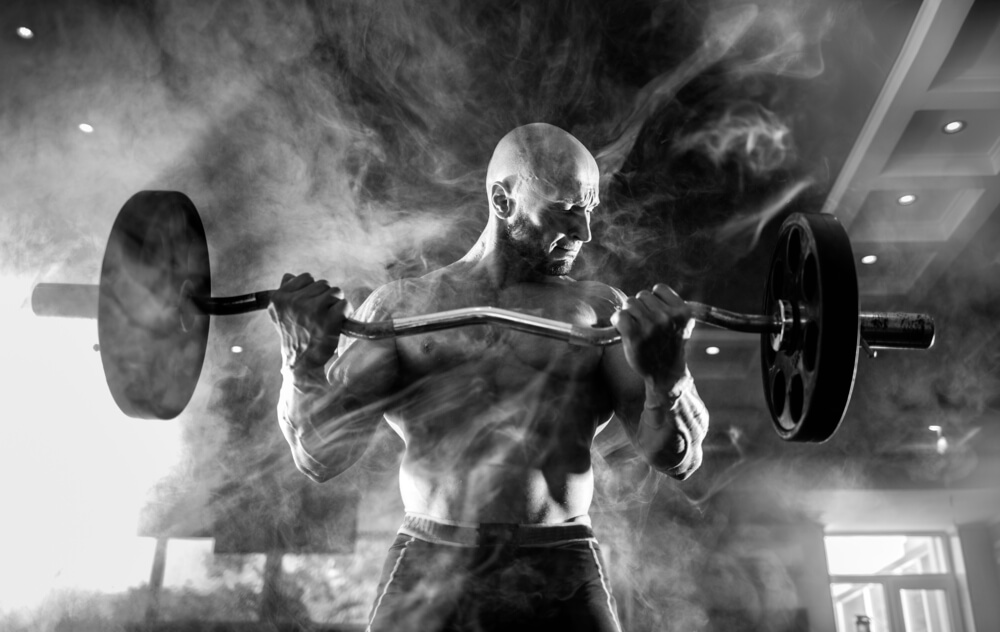

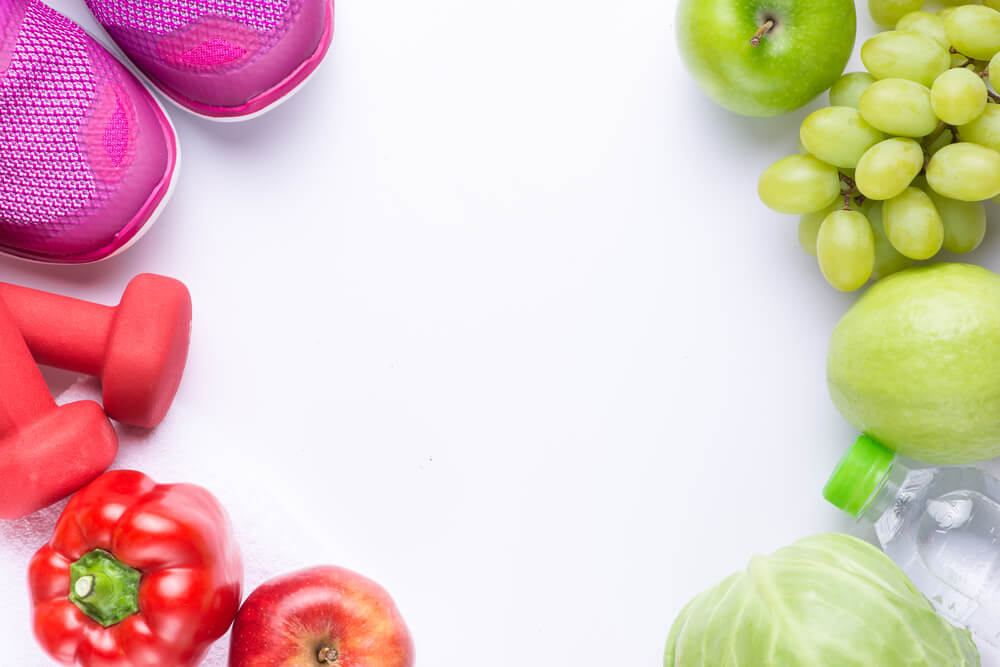
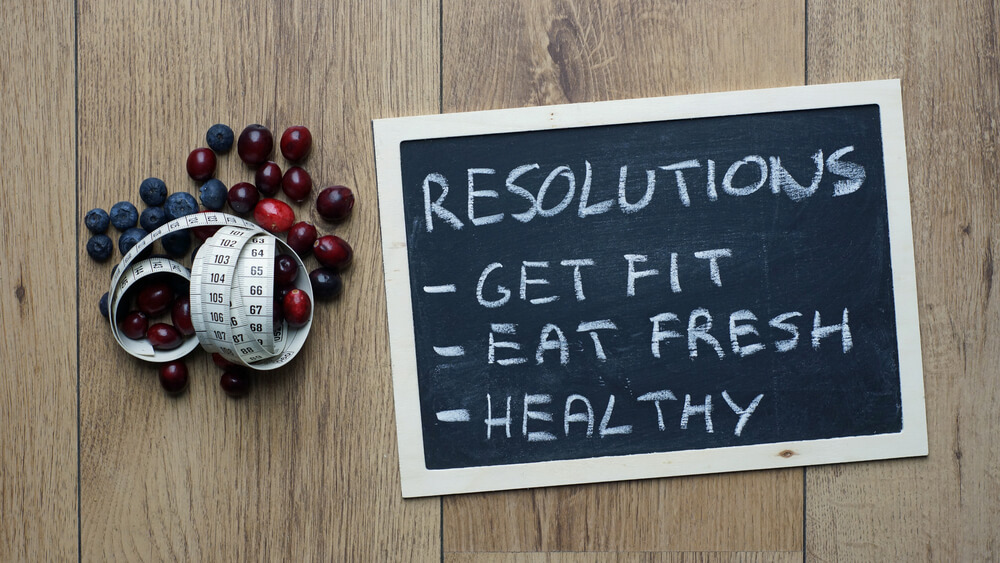









[…] via- https://gymjunkies.com/building-muscle-beginners/ […]
Thanks for these tips for beginning training because I do have a slight interest in weight training and understand a small bit of what your trying to explain to me but another thing is that when I go to the weight room and try to do a workout I begin to do a half hearted one because it just become boring and repetitive without someone doing it with you (plus if your alone and you get stuck, there is not much you can do) so for me it is both motivation to workout, keep working out, and going my fullest during a workout.
Hey Joseph,
Thanks for the comment… and I hear you it can be daunting at times.
If your looking for motivation and way you can stick to your plan, check out our facebook group here:
https://www.facebook.com/groups/gymjunkiesprivate/
Check it out it’s help a lot of people stay accountable 🙂
Thanks
-Terry Asher
[…] Building muscle as you move into your 50s and beyond is a bit more of a challenge, simply because your body doesn’t repair as quickly as it once did,. This doesn’t mean you can’t start building muscle after 50. […]
[…] Building muscle as you move into your 50s and beyond is a bit more of a challenge, simply because your body doesn’t repair as quickly as it once did,. This doesn’t mean you can’t start building muscle after 50. […]
[…] It’s like working out; you need an effective practise routine so you can build muscle, and not damage yourself in the process. Try lifting too much weight at once – or in this case, pressing too much – can lead to serious injuries, lots of frustration, and a lack of enjoyment in your playing. […]
[…] It’s like working out; you need an effective practise routine so you can build muscle, and not damage yourself in the process. Try lifting too much weight at once – or in this case, pressing too much – can lead to serious injuries, lots of frustration, and a lack of enjoyment in your playing. […]
Your tip about eating more meals throughout the day in smaller amounts really helped to read. One of the things I was truly worried about when I began my fitness goals was how was I going to eat. I wasn’t so sure if I should eat less or eat specific things, so I was relatively lost in my diet plans. Now that I know what’s the better way to eat throughout the day, I’m more confident in looking for fitness centers I can work out in.
[…] legs include a few of the largest muscle teams within the physique, together with the quadriceps, hamstrings, glutes, and calves. Coaching these […]